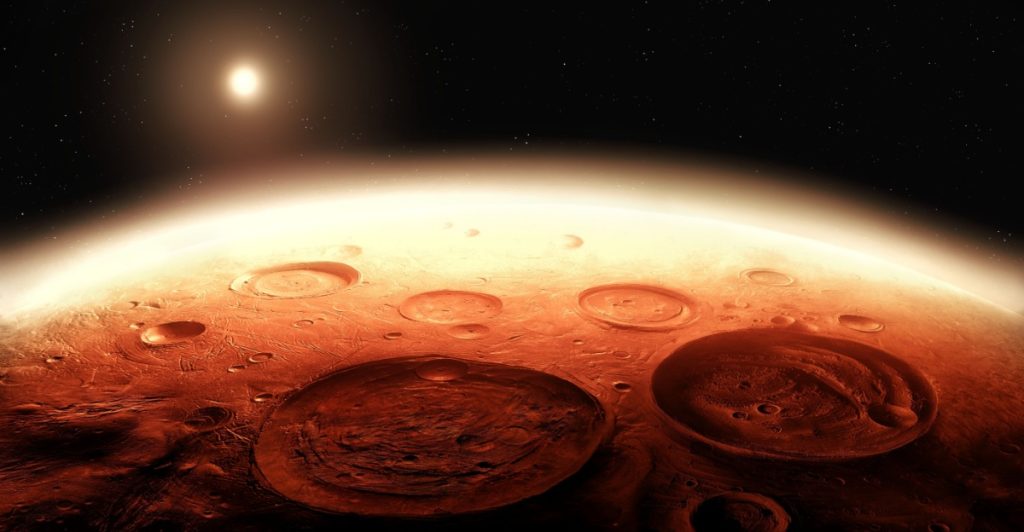Fresh radar readings from NASA’s Mars Reconnaissance Orbiter have deepened a long-running scientific debate over whether bright signals beneath the Red Planet’s southern ice cap point to hidden reservoirs of liquid water — or something far more ordinary.
Others are reading now
For years, scientists examining data from the MARSIS radar aboard ESA’s Mars Express have highlighted an unusually reflective 20-kilometer patch beneath the polar ice.
According to WPtech, early interpretations suggested it could be liquid water trapped deep below the frozen layers — a finding that would reshape theories about ancient Martian oceans and the planet’s potential to have once supported life.
But maintaining liquid water under present-day Martian conditions would require extreme brines or geological heat, conditions many researchers see as unlikely. .
New radar angles
Attention has now shifted to the SHARAD radar aboard NASA’s Mars Reconnaissance Orbiter. WPtech reports that the instrument typically cannot penetrate deeply enough to test the same region probed by MARSIS.
To overcome this, the mission team executed a dramatic 120-degree “very large roll,” changing the spacecraft’s orientation to amplify radar penetration.
Also read
During 91 passes over the suspected zone, SHARAD gathered its first meaningful echoes from the base of the southern ice cap.
The maneuver was designed to reveal whether the earlier bright reflections truly signaled water or were caused by something else.
Conflicting clues
According to WPtech, the team behind the SHARAD investigation argues this weak return is inconsistent with a pool of liquid water. Instead, they propose the reflection may come from a particularly smooth or flat layer beneath the ice.
Answers still distant
For now, the nature of the Martian south-polar anomaly remains unresolved. Scientists quoted by WPtech note that the question may ultimately require on-site exploration — something future crews landing on Mars could finally settle.
Sources: WPtech


